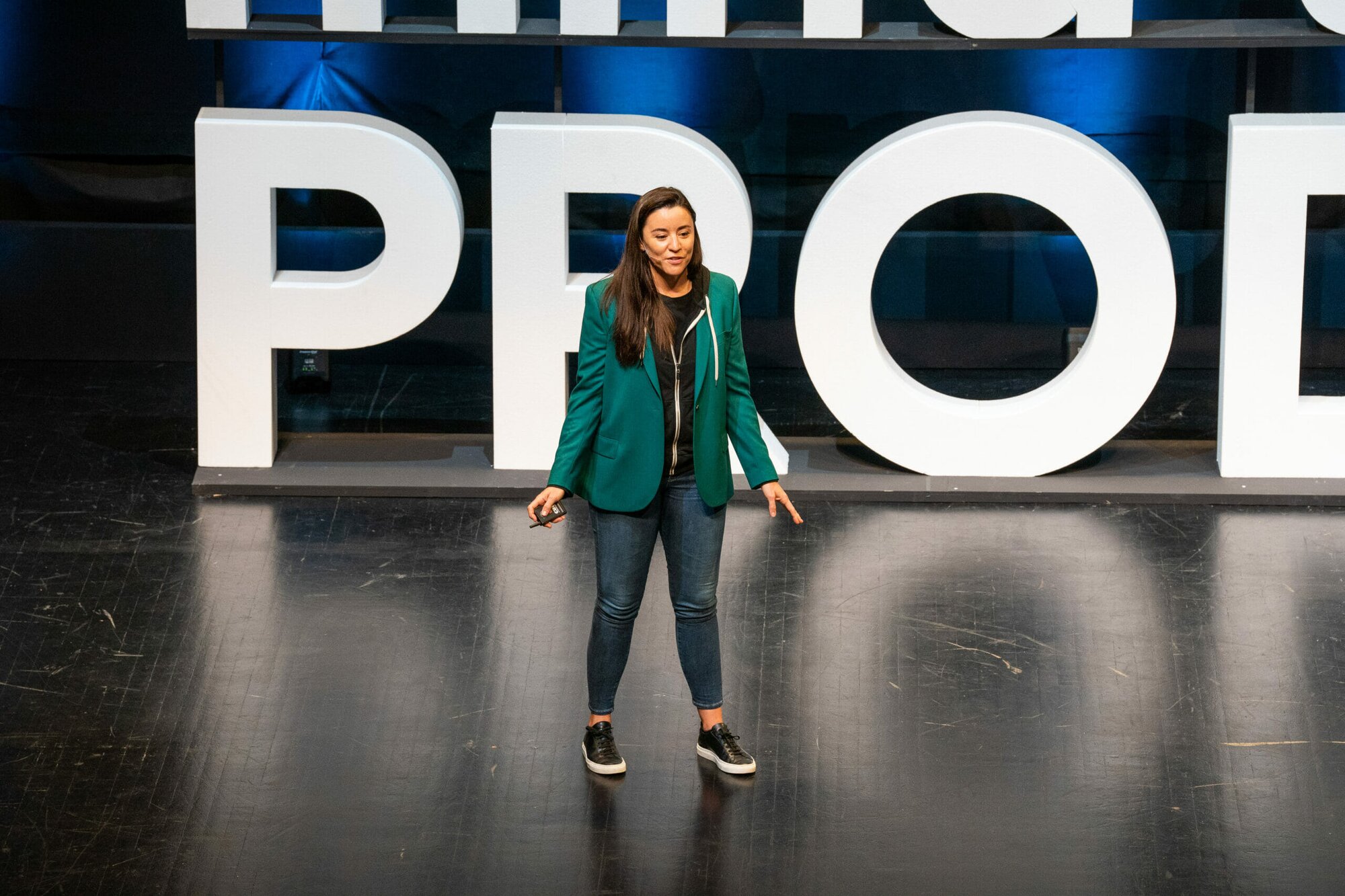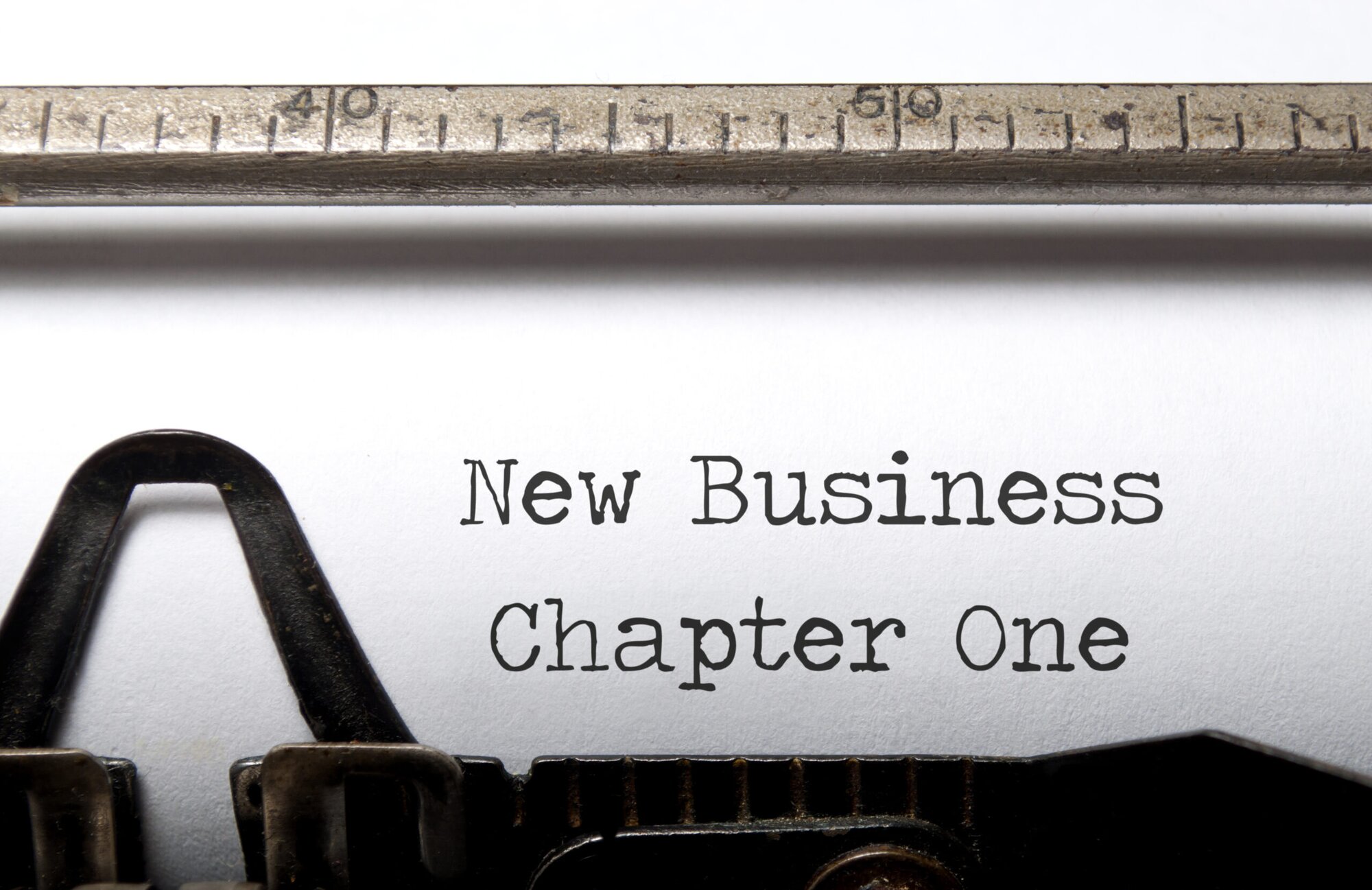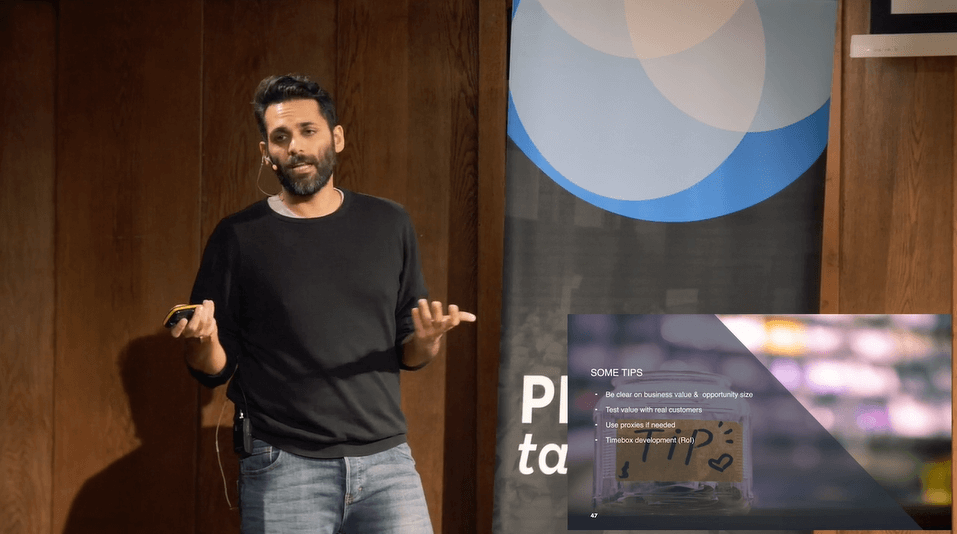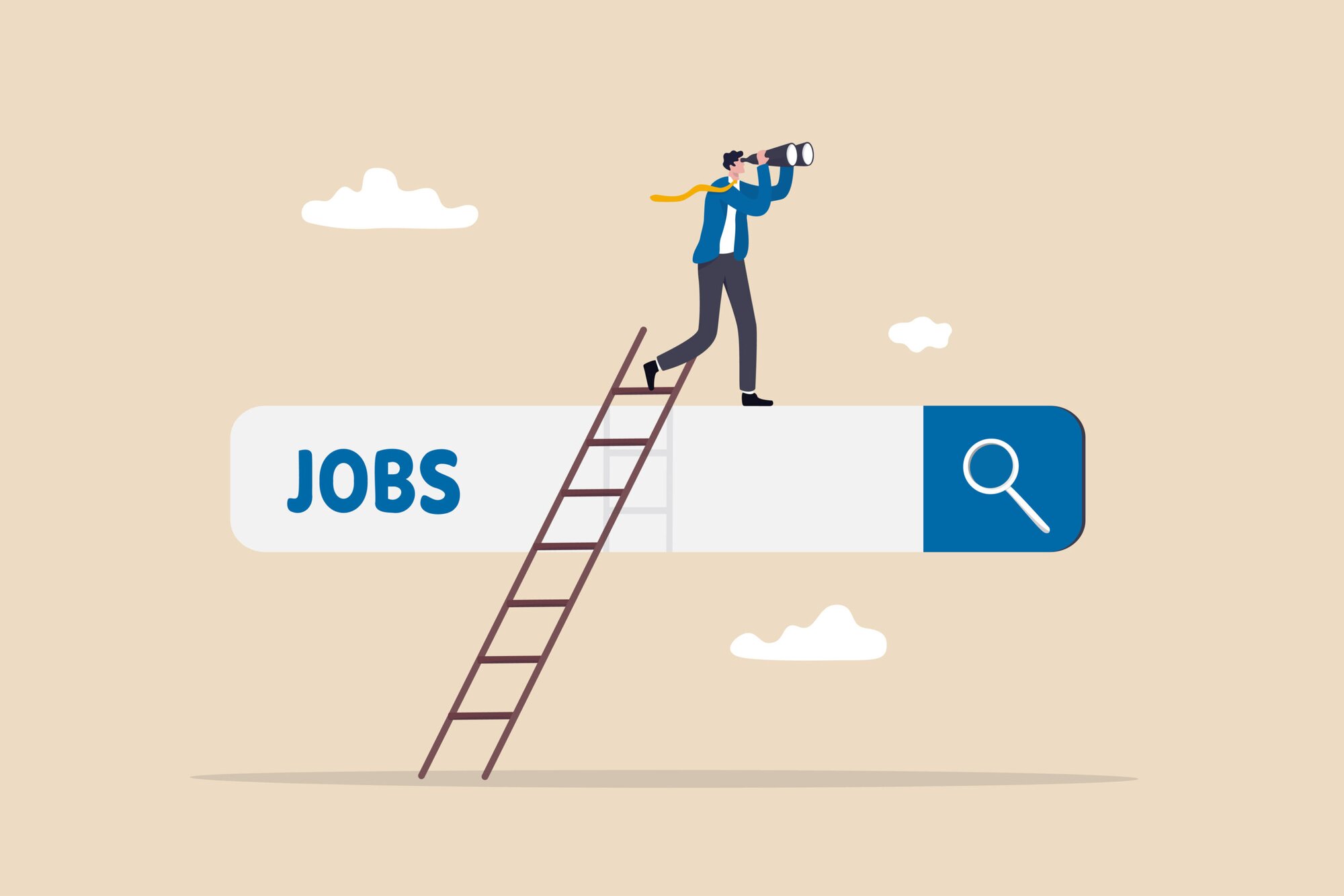In this #mtpcon Digital APAC keynote, Yi-Wei Ang, CPO at talabat (Delivery Hero) – the largest food delivery business in MENA — invites us to rethink our relationships and maximise commercial business impacts through ‘product-led’ decision making.
Watch the talk in full or read on for the overview. Mind the Product members can also watch the recordings of all our #mtpcon Digital APAC talks here.
- The evolution of agile, leading to a ‘product-led’ approach
- Building trust, undoing bad business habits and understanding the full business
- The importance of testing and validating your business model
Remembering his last decade in product, Yi-Wei describes the challenges he encountered, the most prevalent of which was discordant or, at best, “lukewarm” relationships between product and business teams. These conflicts led him to assess how he could inspire synthesis across teams to really maximise each other's outcomes and output.
Business first
Quoting Cameron Adams’ #mtpcon Digital APAC talk, Yi-Wei reiterates how "business isn’t optional", though it’s something product people often forget — even forgoing business interests in place of a user-first (and perhaps, only), approach. "I would argue that we need to rebound this a little bit", he says.
Looking at the “sea change” Yi-Wei witnessed at IBM, when the organisation shifted from waterfall to agile, he describes a “fantastic transition” in Product’s position: first as product managers became agile transformation leaders, redefining company’s approach to planning, and then becoming “customer’s best advocates” as they put consumers at the centre of their work.
While cross-functionality between teams became vital with agile, Yi-Wei recognised a “third evolution” that product people need to embrace: driving product-led solutions that also drive forward business.
Becoming product-led
Yi-Wei suggests that product-led teams are largely defined by five characteristics:
- Product empowerment: A culture where every team understands that ‘the product is the business’ (as outlined in Marty Cagan’s Empowered).
- Cross-functionality: The product reaches and solves company-wide problems, from marketing to logistics, to sales.
- An experimentation mindset: Aligning the company and its product with common ways of working, testing, measuring, and learning.
- Product discovery: Finding new ways to pull in different functions (sales, logistics functions, etc.) in order to energise everybody whilst shaping the product.
- Long-termism: Evolving with endurance in mind and ensuring that the product solution moves and grows with the company.
"So that's a product-led company", he says. "It's a lot of change, it's a lot of work, it looks very different", and there’s a lot of responsibility on us as product people.
Adopting the full business model
Referencing the lean business model canvas, Yi-Wei describes how, often, product people today shy away from the commercial aspects of the model, and “like to leave a few boxes blank”, but to be product-led, we must adopt a more balanced mentality and give as much weight to cost structure, pricing models etc., and by doing so, allow space to test these too.
Testing comes in two key stages:
- Mapping
- Stress-testing
During the mapping process, teams need to chart out all associated cost lines, revenue streams, and assumptions while stress-testing involves testing models by incrementally rolling out real-life pilots, and using the data from these to validate any assumptions that arose during mapping.
The benefit of the testing phase, he explains, is to enable better product-led decision making. ‘You’ve suddenly brought the business much closer to you […] you think about that lean business model canvas and you can start filling in those boxes.’
Building bridges
To build a product-led business it’s, therefore, necessary to ensure all teams are working together, synergistically, towards a common goal.
Here are some skills and tactics you can employ today:
- Understand the customer journey, from acquisition to revenue. Once you gain full visibility, you can better align and optimise the product.
- Take three people from the business teams — e.g. sales, finance, your CEO — out for coffee to learn about what challenges they face.
- Invite your business counterparts to demos, research sessions and get them excited about what you’re working on.
- Sit down with a numbers-minded colleague who can walk you through how the P&L actually works. You’ll then see how key business metrics play into product decisions.
- Work with business teams to build an experimentation machine, focusing on the gaps in prototyping and business assumptions.
- Measure everything you do is based on the final business outcome. "Whether it's a small piece of functionality that you're building or a much bigger product line, consistently tying everything that you do back to those business metrics is a very, very key piece."
Yi-Wei ends by imploring us to "start by building those bridges, getting deep into those numbers and finding ways to bring the business much closer. It will be a journey. It doesn't happen overnight […] I'm really excited to see more of this happening across different product teams around the globe."
Explore more on Product Discovery or use our Content A-Z to find even more product management content.






